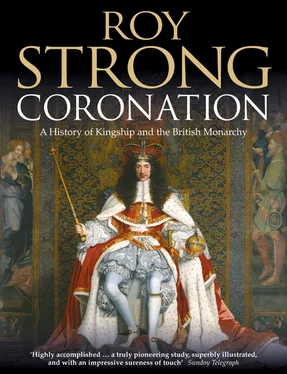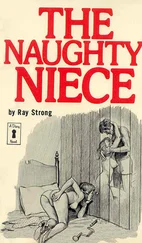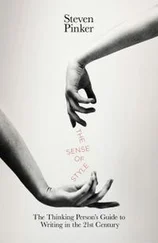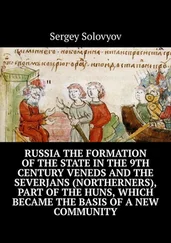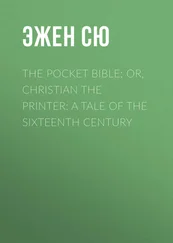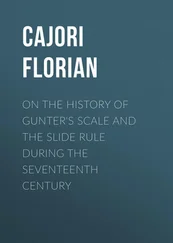Westminster Palace also underwent a building programme under the aegis of Henry III, particularly in terms of interior decoration and elaborate wallpainting. 7 It, too, both internally and externally, was the setting for much of the Coronation, providing the secular space through which the processions moved and where the feast was staged. With the loss of the continental empire under John the monarchy ceased even more to be migratory, and Westminster became the administrative centre of Plantagenet government. To the exchequer and treasury, which had arrived in the twelfth century, were to be added the Court of Common Pleas in the thirteenth and the Court of the King’s Bench in the fourteenth. But it was the palace as a royal residence which was to expand and develop in regal splendour, reflecting accurately all the aspirations of Henry III. Of these developments the most significant was the Painted Chamber.
In all probability this existed in the twelfth century before Henry III’s radical transformation of it into one of the most splendid rooms in the palace. 8 The Painted Chamber, which was the king’s own principal apartment and bed chamber, was 26 feet wide, over 80 feet long and 30 feet high. It was in this room that the kings of England, according to the Fourth Recension, passed their Coronation vigil. During the second half of the thirteenth century it was redecorated with a series of wallpaintings of Old Testament scenes, representations of Triumphant Virtues and, above the royal bed, the Coronation of St Edward with attendant scenes telling the story of the Confessor, St John and the ring. This story first appears in the life written by St Ailred of Rievaulx in 1163. It tells how the king was approached by St John the Evangelist in disguise as a beggar, and the Confessor, his purse empty, gave him as alms a ring. Several years later two English pilgrims encountered St John in the Holy Land, this time disguised as a handsome old man. He gave them the ring with the instruction that they should deliver it back to the king and tell him that he, too, would shortly join the company of saints.
What we are witnessing here is the king’s identification of himself with the Confessor, manifested in a programme of decoration in the inner sanctum of royal secular power. Palace and Abbey were linked by the same imagery, but it is striking that the main scene chosen to be depicted in the wallpainting was not the moment of unction, when the Holy Spirit descended, but instead the king enthroned, holding in his right hand the rod with the dove and with his crown supported by the archbishops of Canterbury and York. I shall return to the significance of that, along with other early representations of Coronations, at the close of this chapter.
Henry III’s obsession with St Edward gradually permeates outwards to sanctify virtually anything of any age connected with the rite of Coronation. The king inherited his crown from his father and we have no notion as to its age or appearance, but Henry III saw it as the crown of St Edward. In 1267, when there was a great sale of royal jewels, it was exempted on the grounds of it being the ‘diadem of the most sainted King Edward’. So it attained the status of a hallowed relic and was left as such by Henry III to be used at the Coronations of successive kings of England. The ancient chalice or regal together with its paten are referred to at the Coronation of Henry’s queen, Eleanor of Provence, in 1236, as those of St Edward and, in the words of Matthew Paris, as being ‘from the regalia of the kings of old’. He, on that occasion, equally describes the sword Curtana as being the saint’s, and six years later St Edward’s sceptre makes its appearance. To all of these we can add a ring which had been taken from the tomb when the saint’s body was translated. 9
Sometime about 1245 the queen was presented with La Estoire de Seint Aedward le Rei, a highly mythologising account of the Confessor’s life and miracles which has as its subtext a parallel between Edward and her husband. In it the Saxon king has a vision of a royal Coronation church:
And then let the king be consecrated Enthroned and crowned, And there be the regalia preserved In sure and certain protection. 10
This life epitomised what was to be the courtly cult of the royal saint, for it never took off in terms of popular appeal. And what happens during the thirteenth century is a wish fulfilment of precisely these verses. The Fourth Recension works from the premise of the existence of sacred saintly relics in the safe keeping of the Abbey, the ‘royal ornaments of St Edward’, relics so precious that the king must be divested of most of them before he leaves the church after his Coronation. If he retains some of the items at his feast then they must be returned immediately after to the abbot who holds them ‘as of right’. The result of this was that by the middle of the fourteenth century a motley and confusing collection of crowns, sceptres, rods and assorted royal vestments was assigned to St Edward. These were to be deliberately destroyed by the Parliamentarians in the middle of the seventeenth century. All later antiquarians have been able to do since is to try to make sense out of what the various inventories list, and match the descriptions to any surviving pictorial evidence. The results of this exercise so far cannot be described as anything other than unsatisfactory.
What adds to the confused history of the old regalia is that there would always have been two sets, one the royal ornaments of St Edward and the other personal to the king. Out of the former the only item to survive today is a late twelfth-century spoon, silver gilt with four pearls, later additions, inset into the broadest part of its handle, its bowl engraved with elegant arabesques. This is listed among the secular regalia in 1349 as ‘Item i coclear antique forme’ (Item, one spoon of ancient form). It has the unique feature of a double-lobed bowl and is probably the work of a major late Romanesque goldsmith working in London. Such a spoon was made for a specific ceremonial purpose, the double bowl sustaining the notion that it was used for the holy oil during unction, the archbishop dipping two of his fingers into it. Medieval depictions of regal unction, however, cannot support its use in this way, for spoons only appear either in connexion with incense boats or as chalice spoons for mixing a little water with the communion wine. If it was used for either of these purposes, that had been forgotten by the middle of the fourteenth century when it was listed with the secular plate as not for liturgical use. Nonetheless what has survived is an object made for Henry II, Richard I or even John and the only piece of goldsmith’s work executed for an English royal patron to come down to us from the twelfth century.” 11
The personal regalia of both the king and the queen were kept in the Tower and only add to the complications. Edward II, for example, had no fewer than ten crowns, and we might well puzzle over the origin and exact status of another crown which appears in the wardrobe accounts of his father, Edward I, in 1279: ‘a great crown of gold with square balas-rubies (or spinels), emeralds, eastern sapphires, rubies and great eastern pearls … which is appointed to be carried over the head of the Kings of England when they go from the church to the banquet on the day of their Coronation’. 12
All of this is deeply reflective of a new richness, an expansiveness of a kind we have already seen anticipated in the description of Richard I’s Coronation. The symbolic overtones implicit in that were to develop and flourish in the two centuries that followed. But in order to do so it demanded a new ordo in tune with what were in effect new concepts of kingship and new notions as to the relationship of a ruler to his people. To accommodate the changed nuances called for a vastly expanded ceremonial, one which simultaneously elevated the wearer of the crown and, at the same time, spelt out his new obligations. The success of the Fourth Recension in meeting these demands can be measured by the fact that it has provided a framework for every Coronation since.
Читать дальше
